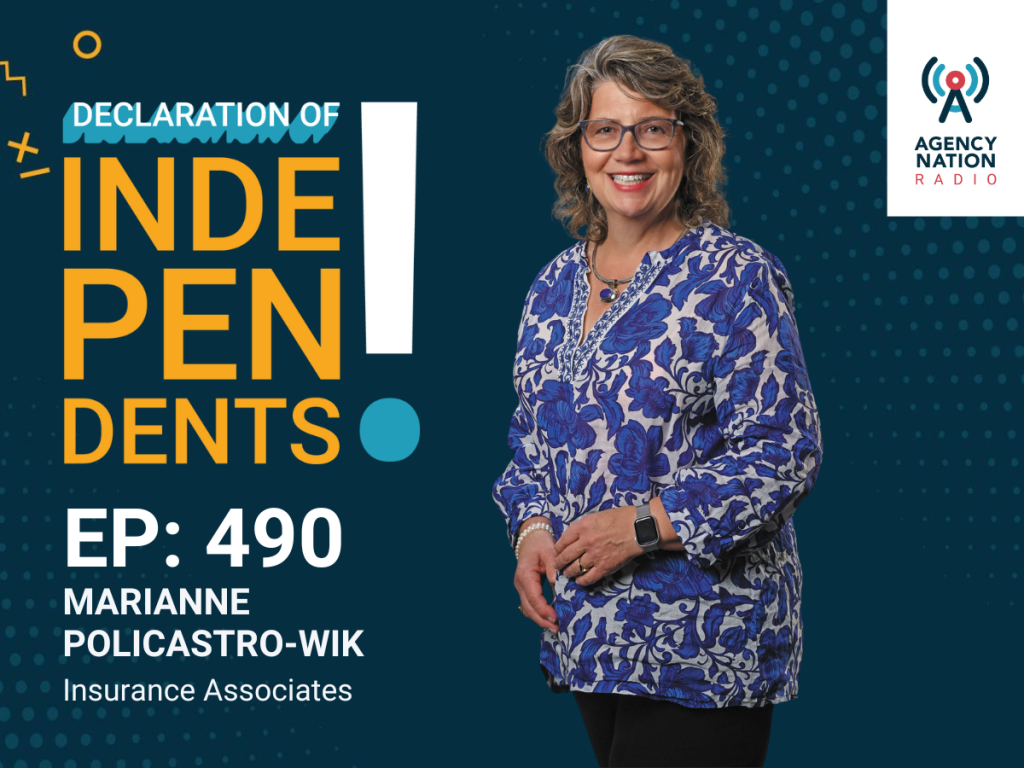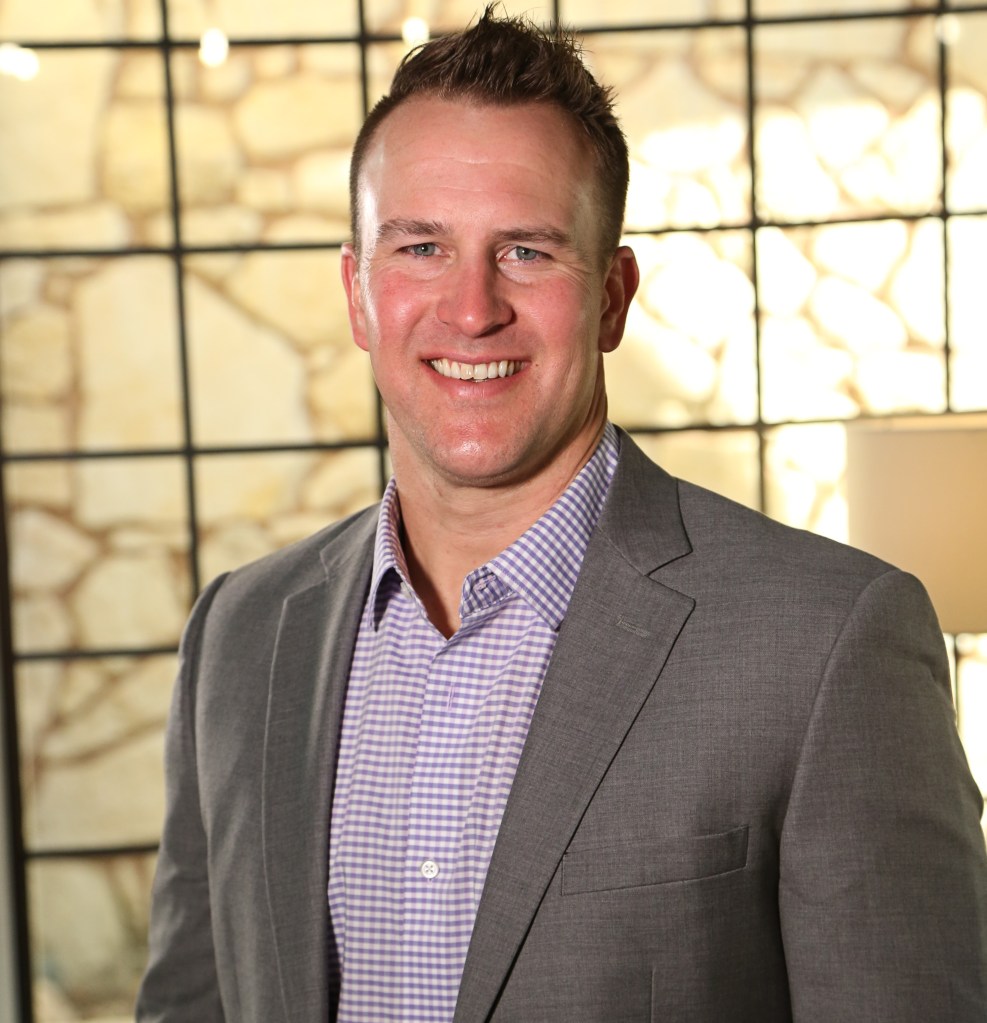An Overview of the Micro-Businessowners Coverage Form by ISO

The Big “I” Virtual University Faculty
Even before the COVID-19 pandemic, the economy was growing substantially in the microbusiness sector. Post COVID-19, the growth of microbusinesses has skyrocketed. COVID-19 relief funds financed some of this growth, which was also spurred on by platforms like Amazon, Etsy and eBay, allowing those microbusinesses access to world markets.
In 2019, ISO introduced the Micro-Businessowners Coverage Form (BP 00 04). Based on its Businessowners Coverage Form (BP 00 03), ISO sought to streamline insurance coverages, tailoring coverage to meet the needs of the microbusiness sector. ISO designed the coverage and eligibility for the Micro-BOP to address various service and retail risks.
ISO generally defines a microbusiness as having up to four employees, including the owner, and sales that do not exceed $500,000. Microbusinesses come in all shapes and operations. Although many start and continue to operate as home-based businesses, some operate at other locations.
The Micro-Businessowners Coverage Form—also known as the Micro-BOP—may be a good and inexpensive answer for your smaller entrepreneurs without commercial property exposures, such as those in shared spaces, temporary commercial locations or mobile spaces, such as kiosks or food carts.
The Micro-BOP and Property Coverage
Given the nature of microbusinesses, building coverage is usually unnecessary and the Micro-BOP does not include physical damage for buildings. Additionally, buildings are explicitly referenced in the description of property not covered. Thus, business owners should insure their real property under other coverage forms, such as the standard BOP or other commercial property forms.
More From the may issue
Property coverage is limited to business personal property. The form does not tie business personal property coverage to any specific premises. Therefore, off-premises coverage is available at full limits. This can be helpful for entrepreneurs who use coworking spaces or frequently work in public locations. Stock is also expressly named as property not covered. Agents can include coverage for stock by using the Micro-Businessowners Retail Endorsement (BP 20 01).
The Micro-BOP provides a standard property limit of $2,500. This amount is normally adequate for most of the businesses eligible for the Micro-BOP. It is quite possible that the insured could cover some of the personal property for a home-based business under their homeowner’s policy. However, the insured may request higher limits of up to $25,000 for business personal property.
Unlike the standard BOP, the Micro-BOP provides coverage on a named perils basis. The covered perils are akin to what ISO has established within its Named Perils Endorsement (BP 10 09) under the standard BOP. The insured should be aware of this because it presents a significant reduction in coverage when compared to the standard BOP.
The 12 perils covered for property losses are fire, lightning, explosion, windstorm or hail, smoke, aircraft or vehicles, riot or civil commotion, vandalism, sprinkler leakage, sinkhole collapse, volcanic action and transportation.
The form provides additional coverage for electronic data up to a sublimit of $1,000. The insured can also purchase higher limits. Additional coverage for electronic data provides coverage for losses caused by a computer virus, harmful code or similar designed to damage or destroy any part of the system or disrupt its normal operation.
There is no coverage for loss or damage caused by or resulting from manipulation by any employee or contractor employed.
Exclusions in the Micro-BOP
The Micro-BOP contains exclusions similar to ISO’s Named Perils endorsement. Since the policy provides no coverage for buildings, the form does not address ordinance or law. The list of exclusions includes, but is not limited to, earth movement; governmental action; nuclear hazard; utility services; war and military action; water; certain computer-related losses; “fungi” wet rot or dry rot; virus or bacteria.
Also, the Micro-BOP will not pay for loss or damage caused by or resulting from any of the following: electrical apparatus; burst piping; water discharge; steam apparatus; mechanical breakdown; errors or omissions in computer operations; installation, testing or repair to computer systems; electrical disturbance; continuous or repeated seepage or leakage of water (14 days or more).
The Micro-BOP adds exclusions for weather if it contributes in any way to a cause of the loss, acts or decisions. However, if weather conditions cause a covered cause of loss, such as if lightning causes a fire, the policy should respond to the resultant fire damage. There is also an exclusion for some instances of faulty or negligent work.
The Liability Section in the Micro-BOP
In the liability section, the insuring agreement is identical to the standard BOP, except that it does not include an exclusion for professional services. The insured can, however, exclude professional services coverage by endorsement by using the Micro-Businessowners Professional Services Exclusion (BP 21 03).
The Micro-BOP and Industry Specific Endorsements
Micro-Businessowners Retail Endorsement (BP 20 01). Agents can use this form to modify the Micro-BOP to address issues related to retail exposures.
Specifically, it adds “stock” to the list of covered property and adds the peril of theft for losses with respect to stock. Coverage is subject to a separate $500 theft deductible. While adding theft as a peril, there are added exclusions that exclude coverage for acts of dishonesty, false pretense and inventory shortages.
This endorsement amends Section II – Liability to include blanket additional insured status for entities when required by written contracts.
Micro-Businessowners Service Endorsement (BP 20 02). This form is used to modify the Micro-BOP to address service-related exposures. It adds the peril of theft for losses with respect to property of others in the insured’s care, custody or control.
While adding theft as a peril, there are added exclusions that exclude coverage for acts of dishonesty and false pretense. The endorsement extends some additional coverage to include payment of rewards up to $500 to persons providing information leading to an arrest and for the return of stolen property, and $1,000 key and lock replacement.
Section II – Liability is also amended to include blanket additional insured status for entities required by written contracts.
More From the Big “I” Virtual university
Micro-Businessowners Professional Services Exclusion (BP 21 03). The form excludes liability arising out of any professional services. The endorsement lists the professions shown below. It also states the form does not limit the exclusion to the below-listed activities. Think of the exclusion as excluding all professional liability coverage for any service.
Services specifically excluded are:
- Legal, accounting or advertising services.
- Preparing, approving or failing to prepare or approve maps, drawings, opinions, reports, surveys, change orders, designs or specifications.
- Supervisory, inspection or engineering services.
- Medical, surgical, dental, X-ray or nursing services, treatment, advice or instruction.
- Any health or therapeutic service, treatment, advice or instruction.
- Any service, treatment, advice or instruction for the purpose of appearance or skin enhancement, hair removal or replacement, or personal grooming.
- Optometry or optical or hearing aid services, including the prescribing, preparation, fitting, demonstration, or distribution of ophthalmic lenses and similar products or hearing aid devices.
- Body piercing services.
- Services in the practice of pharmacy.
Micro-Businessowners Professional Liability (BP 22 02). This endorsement allows adding professional liability for a specific service by listing the service on the endorsement. The Micro-Businessowners Professional Liability endorsement lists the following exclusions:
- Abuse and molestation.
- Access or disclosure of confidential or personal information and data-related liability.
- Antitrust laws.
- Bodily injury or property damage.
- Breach of contract and assumed liability.
- Breach of warranty, guarantee or promise.
- Business enterprise.
- Employment practices violations and discrimination.
- Fees, costs, charges or estimates.
- Fungi or bacteria.
- Fraudulent, criminal, malicious, dishonest or intentional acts.
- Governmental and regulatory entity.
- Improper use of funds.
- Intellectual property.
- Mental or emotional distress.
- Personal injury.
- Pollution.
- Prior or pending litigation.
- Prior notice.
- Recording and distribution of material in violation of law.
- Statutory violations.
- Workers compensation.
Meanwhile, the Micro-Businessowners Abuse or Molestation Exclusion (BP 21 01) and Micro-Businessowners Employment-related Practices Exclusion (BP 21 02) are standard on most policies that provide general liability coverage.
Overall, the Micro-BOP is a commercial general liability policy with some additional property coverage. The base $2,500 limit is not a lot of coverage for every type of eligible risk, but higher limits are available.
Moreover, according to an ISO representative, coverage is narrow by only providing coverage for ISO specified perils. However, reduced coverage may come at a significant savings in premium, which may be attractive to these risks.
Listen Up
The Micro-BOP may be a good fit for many enterprises in the microbusiness sector and is particularly true for those that operate a home-based business. The commercial general liability portion provides coverage for the significant limits that businesses need, which makes the Micro-BOP a worthwhile product for microbusinesses. However, if there is anything more than minimal property exposures, the BOP is preferable because it provides open-peril coverage at greater limits.
The value of a Micro-BOP versus a standard BOP lies in the premium savings between the two. Without a significant premium differential between a Micro-BOP and BOP, agents should encourage their insureds to choose the standard BOP over the Micro-BOP.
ISO designed the program to be compatible with automated, low or no-touch underwriting. Further, according to an ISO representative, the decision to remove building coverage and most of the standard BOP’s additional coverages, in addition to also providing specified named perils coverage, were generally considered to reduce premiums from premium levels found on a standard BOP.
The Big “I” Virtual University is the smarter way to build your knowledge base. Go to independentagent.com/vu to access online education resources and more than 18,000 pages to help you find the answers to tough insurance questions.















